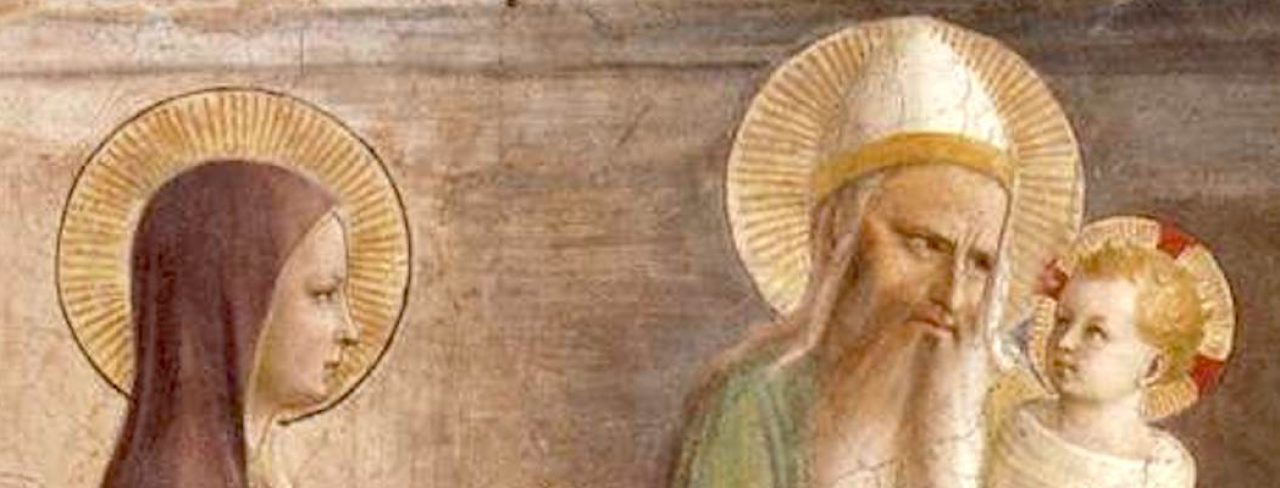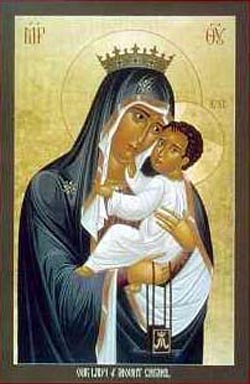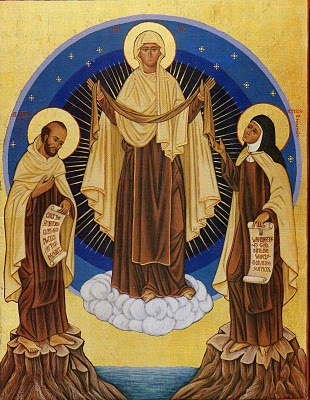The book of Exodus mentions the Egyptian city of Rameses. If you travel to the Egyptian University Museum of Antiquities, in one of the side rooms, you will see two interesting artifacts: an ancient stone pillar that proclaims: “The pharaoh built the city of Rameses with Asiatic Semitic slaves,” and an ancient tomb painting showing slaves hard at work making bricks for the city. Many scholars view these “Asiatic Semitic slaves” to be the Hebrew people.
With the unveiling of Moses as a prophetic leader we read of the Hebrews release from bondage through the unstoppable combination of his leadership and the Lord’s power. Yet, four hundred years after the exodus from Egypt, Hebrew kings and their queens had thrown their traditions aside and were living sinful pagan lives. They too, had begun to oppress their people with extreme taxes and disregard of Mosaic Law.
In the 9th century BC, the Old Testament prophet, Elijah (Elias in the Greek), arrived on the scene and chastised the Hebrew king Ahab and his Phoenician wife Jezebel, a priestess of the pagan god Baal, and announced that a devastating drought would occur to punish their sins against God and their people. This drought did occur and caused great suffering in Israel; but Elijah, while praying on Mount Carmel, had a vision of a great cloud, pregnant with water, which would bring liberation and relief from the devastating effects of Israel’s sin and suffering. Some Bible scholars have linked Elijah’s rain clouds to our own Catholic traditions. The rain clouds serve as an image that foreshadows the spiritual life giving waters that Mary was to bring to the world through her being the Mother of God – the Mother of the Redeemer.
In the 13th century, Catholic monks of the community of Mt. Carmel in Israel created a formal religious order that today we call the Carmelites. They were attracted to the contemplative life of Elijah and the time that he spent on Mt. Carmel. They believed that their specific mission was to praise God while being under the protection of our Blessed Mother. Like the Hebrews of old, the Carmelites, at that time, were being persecuted and oppressed by certain groups within the Church. Amid the many persecutions raised against their Order, Simon Stock, their superior general in England, turned with confidence to the Blessed Mother, and in prayer, requested her help.
In Cambridge, England, on July 16, 1251, as Simon Stock knelt in prayer, Our Lady appeared before him and presented him with the now well-known brown scapular. She said to him these words: “This [scapular] shall be the privilege for you and for all the Carmelites; anyone dying [clothed] in this habit shall be saved.”
What does this mean?
It means, by our Lady’s promise, anyone who dies faithfully and lovingly wearing the brown scapular is not eternally lost. This is an extraordinary promise, one that unfortunately many Catholics have never learned or disregard as being irrelevant to their lives; but the promise is still valid and very relevant for us today. To make that point, Our Lady drives home its significance in subsequent apparitions.
At the approved apparition in Lourdes, in 1858, our Blessed Mother chose to make her last appearance on July 16th, the feast day of Our Lady of Mt. Carmel; and at the approved apparition at Fatima, on October 13, 1917, it is as Our Lady of Mount Carmel that Mary appeared when she said farewell to the three children who had witnessed her messages of warning and hope.
Eight hundred years ago, the Queen of Mt. Carmel brought relief and support to the Carmelite Order from the oppression of social sin and injustice; and today, Our Lady of Mt. Carmel continues to offer us relief from the oppression of our own transgressions and that of the world.
Let us have faith in the love of such a great Mother. Let us dedicate ourselves to imitating her and her Son. When we wear the brown scapular we unite ourselves to the Carmelite community and recognize in it the sign of the presence of Mary in our daily lives. The brown scapular is a visible commitment to be clothed in Jesus Christ and to manifest Him in our lives for the benefit of our eternal soul and the good of those around us.
Let us pray that we remain open to our Blessed Mother’s ability to refresh us from the drought of our own sinfulness; and through her intercession with the Lord and the sign of her scapular, appreciate the eternal love, power, and mercy of God.
Our Lady of Mt. Carmel, pray for us.
+++The first beautiful icon of Our Lady of Mt. Carmel appears through the courtesy of the website of Father Luis Gonsalves, a priest in the Diocese of Peoria, Illinois. I recommend that you visit his website: www.overheardinthesacristy.net/ The second beautiful image of Our Lady of Mt. Carmel appears through the courtesy of the artist Terry Nelson who painted it in the 1980’s. It is painted in acrylic and gold leaf on a wood panel. He comments on it: “I can’t recall the exact date that I painted this image of Our Lady of Mt. Carmel with Saints John [of the Cross] and Teresa [of Avila], but it was sometime in the 1980’s. At one time it was used for the cover of Soul magazine – both Spanish and English editions, and prints were subsequently sold through the World Apostolate of Fatima in New Jersey. The original is in the possession of a local Carmelite community of men.” I recommend that you visit his website at abbey-roads.blogspot.com
Copyright © 2012 Deacon Paul O. Iacono All Rights Reserved




I had no idea of the origins of the Carmelites. I knew of the brown scapular but didn’t know its significance. Thank so much for sharing this very important information about our faith. God Bless.
LikeLike
Yes, some Catholic monks during the early Middle Ages were dedicated to the contemplative life and were drawn to Mt. Carmel because it was the place that the Hebrew prophet Elijah selected to be his special retreat for contemplative prayer.
Elijah’s story, and the story of the Carmelite order, and its champion spiritual athletes such as the Spaniards Saints John of the Cross and Teresa of Avila are both fascinating and compelling reading.
LikeLike
My Petitions
I Widow asking for urgent prayers for me n my son the diffculties such as problems,
Worries,, stress, fears, preassure,tension, finances, greaves, job.
Samera n tony prayers needed for problems they r facing
Pls keep
My brothers n Sisters n the whole world in prayers at all times
Tks n god bless
LikeLike
Our prayers are with you in this time of need.
LikeLike